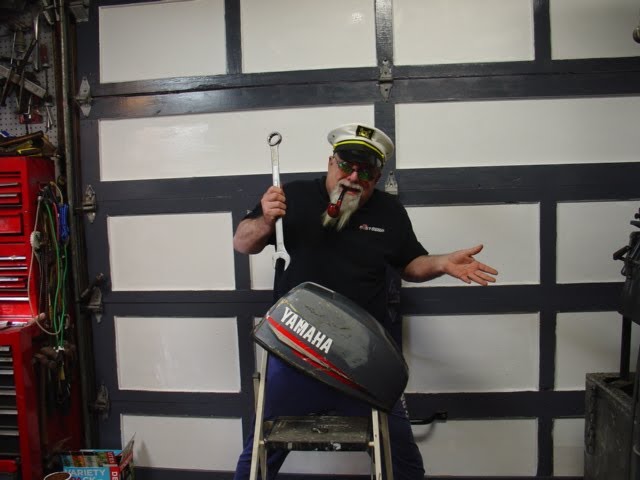Getting Hands Dirty Again
So, I got my hands on this old Yamaha keyboard the other day. Not sure the exact model, felt like the ninth Yamaha thing I’ve tried to fix up over the years, so let’s just call it ‘yamaha 9’ in my head. It was sitting collecting dust, figured I’d give it a shot, see if I could bring it back to life. Plugged it in, switched it on… sound came out, but plink, plonk… dead keys. Always the dead keys, right?

Alright, time to operate. Flipped it over. Man, the screws. Seemed like hundreds of them. Found my screwdriver set, the one with all the little bits. Started taking them out, carefully putting them in a magnetic tray so they wouldn’t roll away. Lost screws are the worst. Finally got the back panel off. Inside, it looked pretty standard. Circuit boards, wires, and the long rubber strips under the keys. That’s usually where the problem lies.
Pulled out the key mechanism gently. Then lifted off the rubber contact strips. Saw a bit of dust and grime on the circuit board contacts underneath. Okay, standard procedure. Got out the isopropyl alcohol and some cotton swabs. Started cleaning the little black pads on the rubber strips and the gold contacts on the board. Gotta be gentle, don’t want to damage anything. Did that for all the keys, especially the dead ones.
Put it all back together. This is the tricky part, making sure those rubber strips sit perfectly flat. Screwed everything back in. Moment of truth. Plugged it in, turned it on… Better! Most keys were working now. But still, a couple were silent. Damn. What now?
Had to open it all up again. More screws. This time I looked really close at the circuit board under the dead keys. Used a magnifying glass. Didn’t see any obvious cracks, which was good, I guess. Bad news is, I didn’t see an obvious fix either. Maybe the rubber part was just worn out? Finding replacement parts for these old things is a nightmare, forget about it.
- Checked connections
- Cleaned contacts again
- Looked for board damage
Decided to try one more clean, really focusing on those stubborn spots. Used a pencil eraser very lightly on the board contacts this time, read that somewhere online ages ago. Blew everything out with compressed air. Reassembled it, even more carefully this time. Took ages.

Plugged it in. Success? Mostly. One key still needs a hard press, but the rest? They sing! Good enough. It’s not perfect, but it makes noise again. Can’t ask for much more from an old soldier like this. It’s always a bit of a gamble, fixing this old stuff. Sometimes you win, sometimes it just becomes spare parts. This time, felt like a small win. Better than it ending up in the trash, anyway. Just another day tinkering.